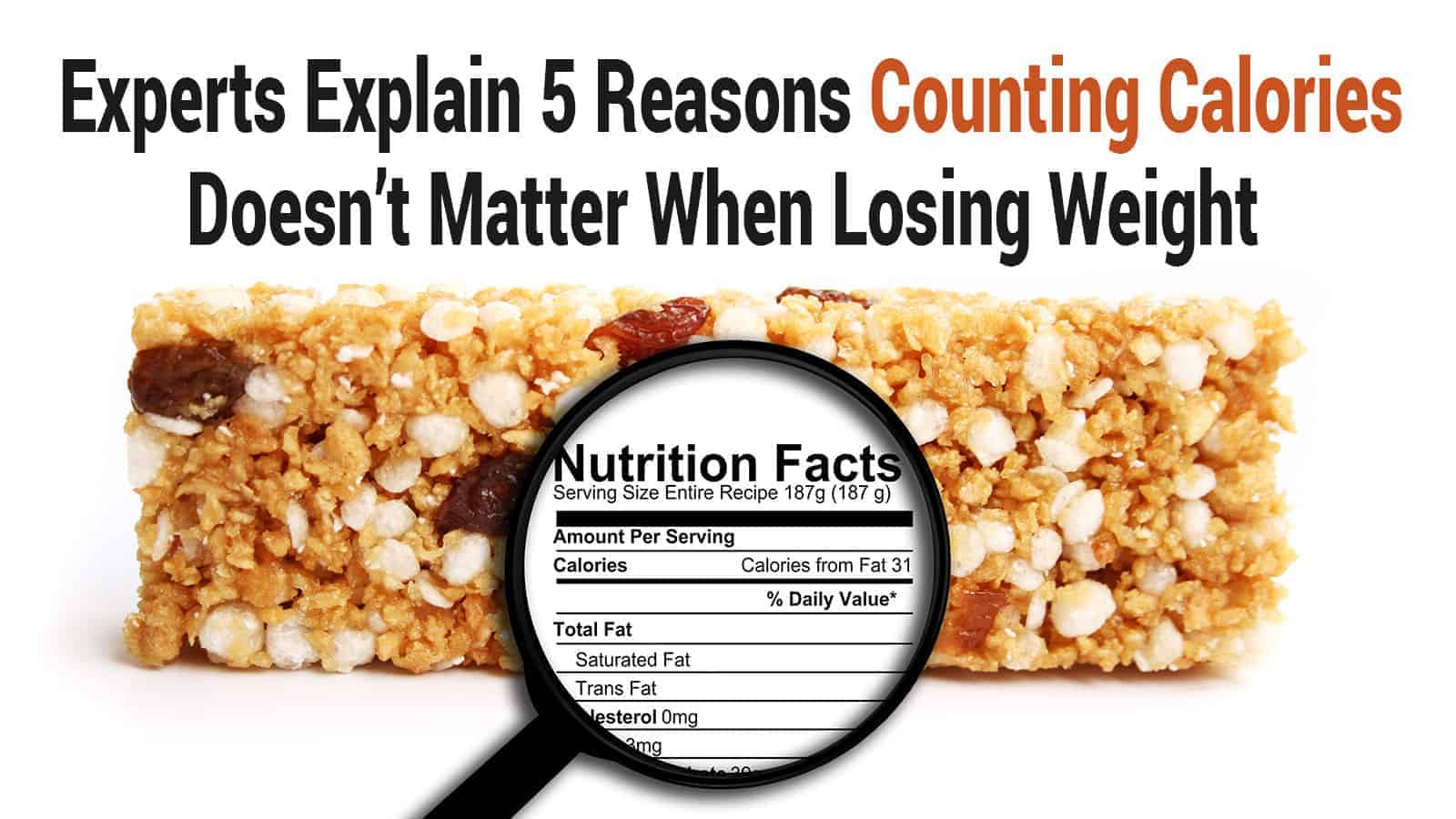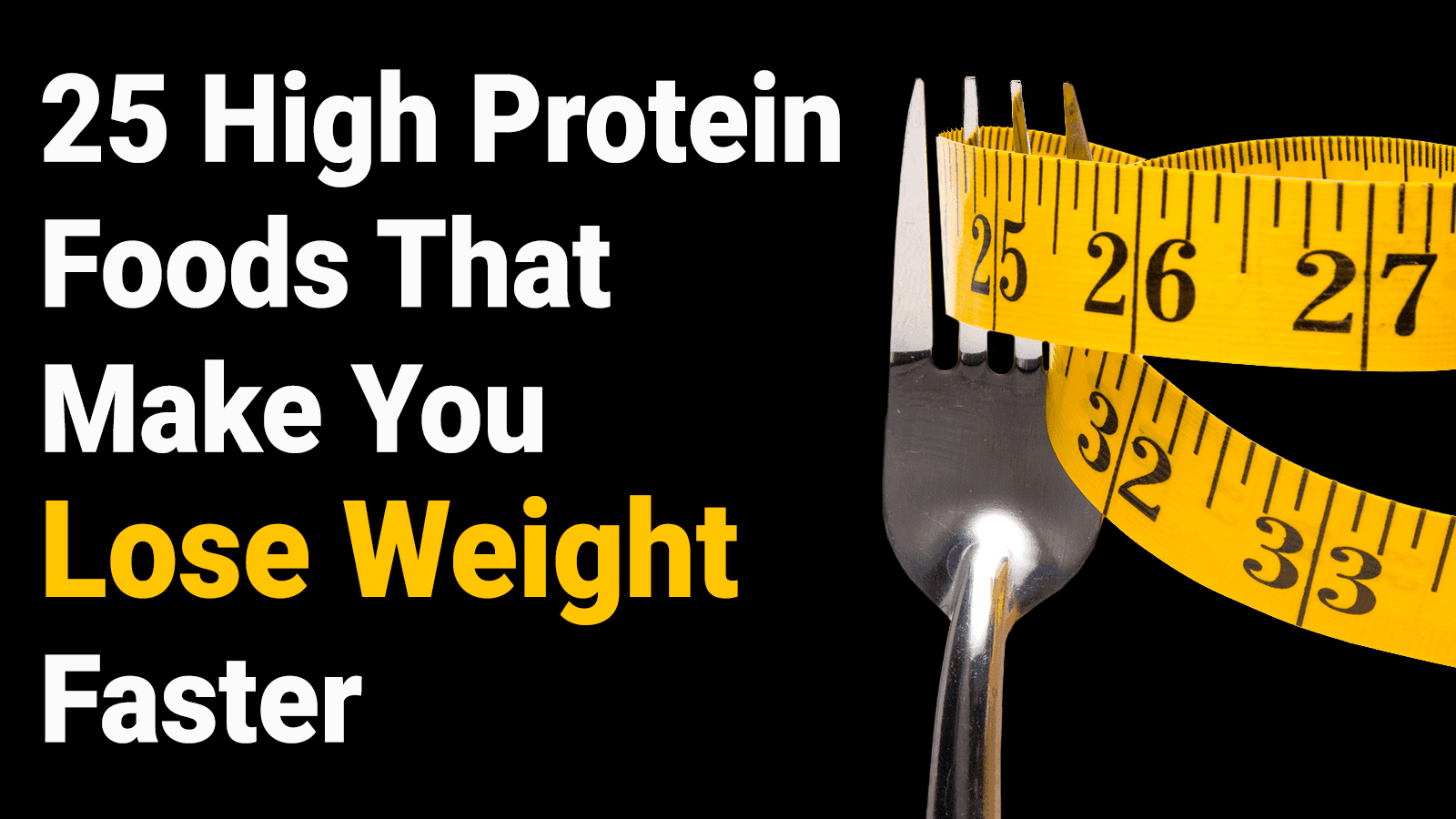Counting calories has long been viewed as one of the instrumental factors for losing weight. To understand that premise, one must understand what calories are and the effect they have on our weight.
Calories are a unit of measurement for the energy gained when food is broken down into energy for our bodies. Its technical word is kilocalories. Generally, it is thought that 3,500 calories are equal to one pound of weight. Our bodies gain specific amounts of caloric energy from different food types:
- 4 calories from carbohydrates
- 4 calories from protein
- 9 calories from fat and
- 7 calories from alcohol
These calories are then utilized to aid in our basic metabolism, digestion, and physical activity.
- Basic Metabolism is the exertion of energy towards our brain, kidneys, lungs, heart, and nervous system. The amount of energy used is referred to as your basal metabolic rate and requires the highest amount of your daily energy usage.
- Digestion refers to the breakdown and metabolization of food as a physical process. This process is referred to as the thermic effect of food. Different foods require more or less energy to break down. About 10-15% of the calories you consume is used for this purpose.
- Physical Activity is where the remaining calories go. Physical activity includes any action you are making at all, not just exercise, sports, or intense body movement. This is where your caloric use varies the most.
Once your body has used calories for these, the remainder is stored for future use. The energy stored in your muscles is converted to glycogen, but the majority is stored as fat.
This is where it seems completely logical to assume that if the unused calories are stored as fat, then the fewer calories you eat, the less fat your body stores. Additionally, if you already have stores of fat and then decrease your calories, it makes sense that your body is going to draw from your stored resources and burn off the fat.
Yes, generally speaking, if you eat more calories than you burn off in a day, you will gain weight. Where the logic fails is due to a few other factors. Abby Langer, a registered dietician, breaks down the various points.
-
How many calories does each person require?
In order to know how many calories you need to cut out, you need to know how many calories you really need. This is determined by your basal metabolic rate. There is only one test which can test that, called indirect calorimetry, and even that is not exact.
-
You don’t know how many calories your body takes from the food.
The quantity of fiber and protein and your gut bacteria all change how many calories are gained from food. Each food is broken down differently and some of it is not metabolized at all.
-
Packaged food calorie count isn’t accurate.
The FDA allows a 20% discrepancy in accuracy. Add in the fact that the amount you eat is not usually a portion size and you usually do not measure the amount you ate.
-
Calorie counting ignores your hunger signals.
If you only eat the calories you believe you need but you still feel hungry, then your body is trying to tell you something for a reason.
-
Exercise burns off calorie for calorie.
When we are told to count calories, we also believe that if we eat more calories, we can burn it off in exercise. This is true and untrue. Yes, you will burn off calories during exercise, but it may not equate to the amount you overate.
The Problem with Counting Calories
The issue with calorie counting is that it fails to take into consideration where the calories come from and how each is used. In 2014, a study stated “it is where the calories come from that is crucial” when calculating if your body chooses to store them as fat, use them as energy, or apply them to another area in the body.
As an example, think about the nutritional difference between a bowl of oatmeal and a handful of chips. Oatmeal contains fiber, vitamins, and minerals that your body breaks down and sends to necessary organs and functions in the body. It also breaks down more incrementally due to the fiber, so we are using the energy as it comes.
Chips are empty calories with high fat and sodium content but little nutritional value. Their overall use is less than the bowl of oatmeal and breaks down quickly for fast use.
Macronutrients: The formula, the theory
Carbohydrates, protein, and fat are recognized as being the most essential for energy production. The majority of our energy stem from carbohydrates, with the Heart Association estimating that we need about 45-65% of our energy from this macronutrient. The type of carbohydrate eaten will dictate how quickly we break it down and if our body can use it as quickly as it is available before being stored.
Protein provides necessary energy for muscles and cell tissue while also increasing feelings of fullness. Fats slow down digestion, and healthy fats can provide Omega 3’s and vitamins.
These three substances are also known as macronutrients. Vitamins and minerals are known as micronutrients.
Some scientists and nutritionists believe we should be counting our macronutrients rather than our calories.
How does that work? First, understand that the focus is on macronutrients rather than micronutrients because it is believed that if you calculate the first properly, you will get more than a sufficient amount of micronutrients.
Secondly, in order to determine how many carbohydrates, proteins, and fats you need in your diet, you need to determine your Basal Metabolic Rate while at complete rest based on the weight you wish to be at. You can use apps, go to a registered nurse or doctor, or try to figure it out yourself. As stated above, however, your Basal Metabolic Rate cannot be precisely determined, but it will give you a ballpark idea.
Once you know what your BMR is at rest for your projected goal, you then adjust your diet to match the quantity of protein, carbohydrates, and fats (with fruits and vegetables of course) in your meals. It is based on the formula that you should take in 40% protein, 40% carbohydrates and 20% fats. As you add in your activities of the day, you multiply by a certain rate between 1.2 – 1.8 to determine how and where to adjust the quantity.
Yes, it is a lot of math and is frequently calculated throughout the day for each meal. This is definitely worse than trying to calculate calories, but may be a more effective means of tracking where you are getting your energy sources. Yet the proportions of carbohydrates, protein, and fats are inaccurate. Depending upon your age and the amount of muscle mass you have along with your activity level, 40% protein may be too high while your intake of carbohydrates may be too low.
Diet Studies
There are many studies that can point to limiting calories, eating low fat, eating high fat, or consuming low amounts of carb that have positive results to show for them.
Dr. Christopher Gardner, Ph.D., a director of nutrition studies at Stanford Prevention Research Center, did his own study. He called it DIETFITS, and its goal was to compare healthy lower fat and healthy lower carb diets. He had 6,500 volunteers and they lost 6,500 pounds in total. Yet, he did not find an advantage of one diet over another. Additionally, he had some members who, despite close monitoring of their diet, gained weight regardless of which diet they were on.
Kevin Hall, Ph.D., a senior investigator for the National Institute of Health, performed his own study which was published in 2016. He had a group of 17 overweight and mildly obese men on two diets. Each were similar in caloric intake, but the first four weeks consisted of a high-carb diet followed by a low-carb diet. They had a drop in insulin when going to the low-carb diet from the high-carb one, but their fasting glucose and fat loss were comparable or slightly improved on the low-carb diet.
Conclusion
The true definitive reason why counting calories doesn’t work is that the big picture is incomplete. Scientists are still trying to figure out one definite way in which everyone can lose weight. Dr. Hall and Dr. Gardner both came to the same conclusion:
- Processed foods are a huge detriment when figuring caloric value and effects on how our body uses nutrients. Not only have processed foods been proven to interrupt our gut health, but our body does not recognize them as having nutritional value, and therefore, just stores the calories as fat.
- The true answer may not be universal. Each individual may need to have a diet designed for them specifically. There are too many individualistic variables that affect how we use and burn off energy and how much gets stored.
- Each calorie is not the same. We cannot just say eat fewer calories when other factors determine how quickly we metabolize those calories – such as whether they have other nutrient benefits or are broken down more slowly than others.
- Less added sugar. Decreasing added sugar and processed foods in our diets has unequivocal value to everyone.
- Healthy eating is not just about calories. It is about nutrient value, benefits, and calories all together.
Whether we like it or not, decreasing calories alone isn’t sufficient. Some people need more individualized diet and weight loss plans.
The best diet is still what our doctors have been telling us for years now. Eat lean meat or protein alternatives like tofu, nuts, seeds, beans, whole grain carbohydrates, vegetables and fruits. Cut out processed foods and added sugar, while maintaining a caloric intake between 1,800 – 2,500 unless you do extensive exercise or sports.














 Community
Community

